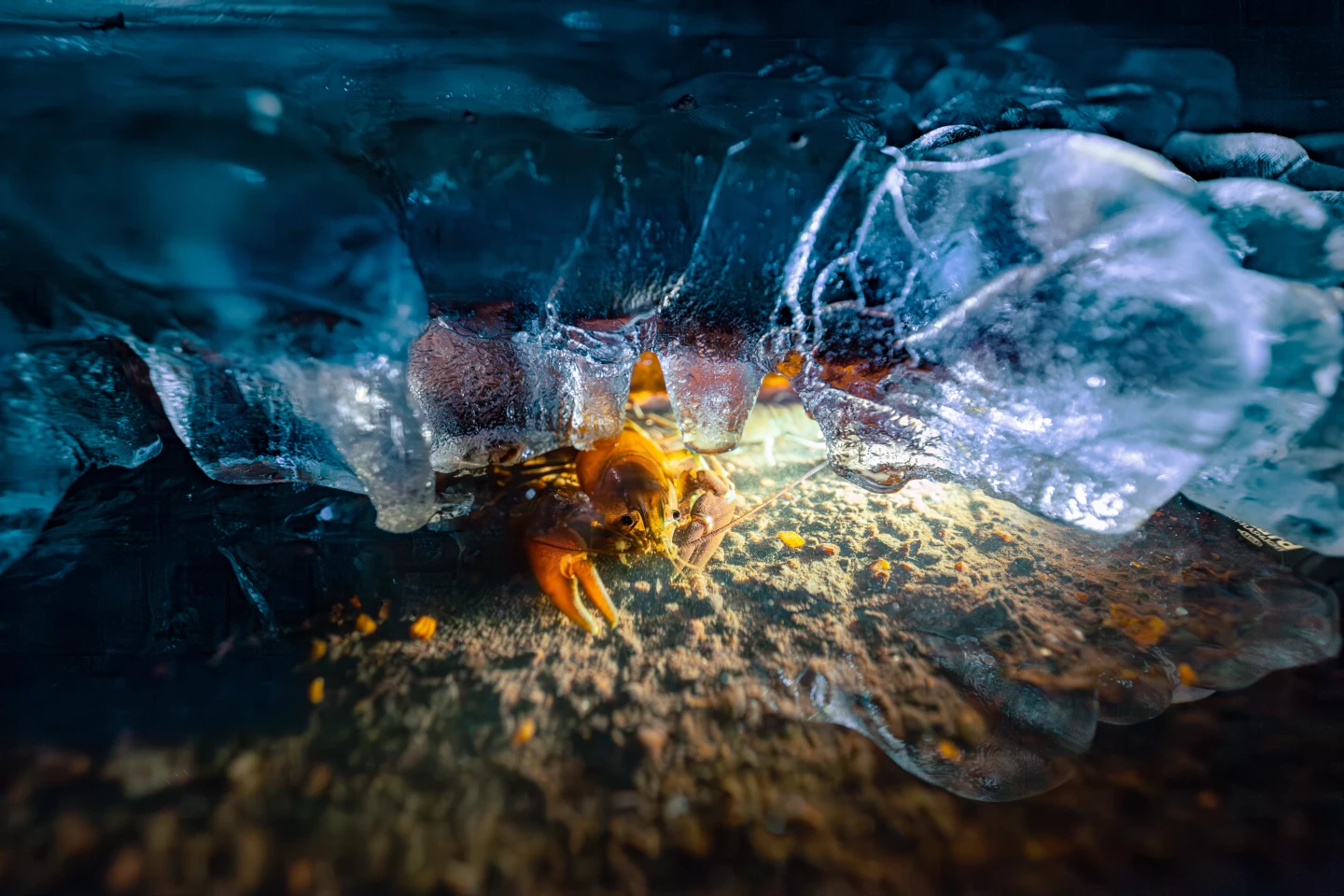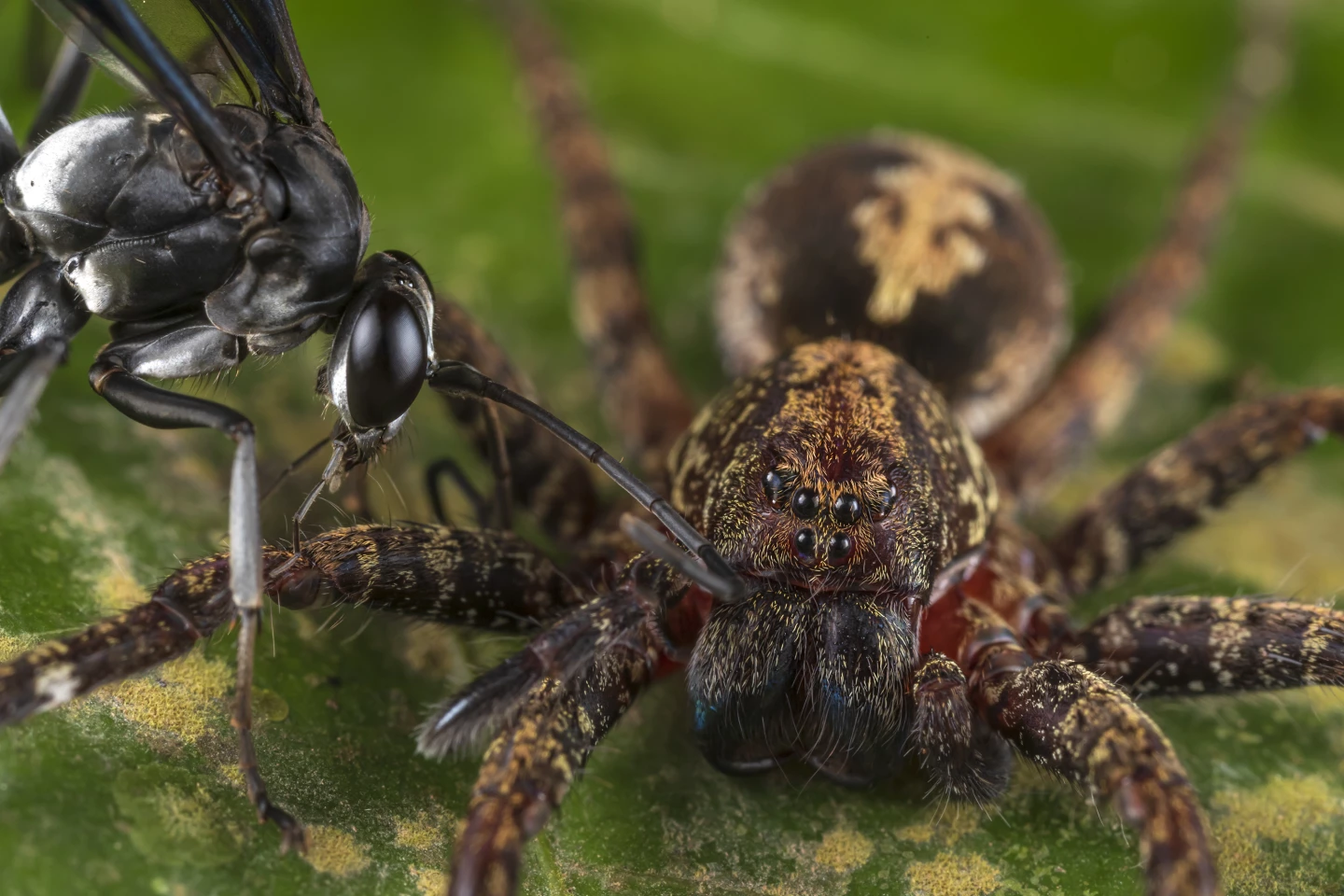This stunning image of a bearded dragon (Pogona barbata) soaking up the rays in the Australian capital of Canberra has taken out the overall prize in the 2024 British Ecology Society's photography competition, an annual contest open to any nature snapper around the globe.
There's also some irony in this winning image, given that the bearded dragon is trying its best not to stand out as it blends into the rough bark of a eucalyptus tree trunk. But photographer Damien Esquerre, an evolutionary biologist and herpetologist from the University of Wollongong, was on hand to capture this moment and is a deserving winner for 2024.
Here, we highlight some of our top picks chosen from the winning and highly commended finalists across the competition's six categories: Individuals and Populations (Animals), Individuals and Populations (Plants and Fungi), Networks in Nature, People and Nature, Ecologists in Action and Regenerative Agriculture.

This striking image of a signal crayfish (Pacifastacus leniusculus) at an abandoned Polish trout farm earned Filip Jarzynski the student prize in the Individuals and Populations (Animals) category. These crayfish, native to North America, were introduced to European waters in the 1960s, only to out-compete the native crayfish and undermine the commercial industry they'd been sent to bolster. Not just a stunning image, this photo also tells the story of why understanding ecological mechanisms such as species competition and niches, is so important in protecting native populations and biodiversity.

From the micro level to apex predators, survival in nature is no easy task. This image by Roberto García-Roa captures the moment a fight between a female spider wasp (Family Pompilidae) and her dangerous foe pauses, as the wasp waits to see if the spider has been paralyzed. The female spider wasps will risk their lives to score a big win like this, as the spider's body will provide all the nutrients needed for her offspring back at her nest.

This image scored Filip Jarzynski another win, in the Networks in Nature category. It depicts a male Arctic tern (Sterna paradisaea) offering a sand eel to a female bird sitting on an egg on the Skerries Islands, Anglesey, UK. These sand eels are types of fish that are crucial to seabird populations, and are most commonly seen in images of puffins holding several in their beaks. However, due to climate change, sand eel populations have been declining, which has greatly impacted the size and numbers of seabird offspring, including pufflings, that have relied on this source of food during breeding season. Again, this image tells a much more complex ecological story than it appears to.
For more of our standouts, check out our gallery.
Source: British Ecological Society















